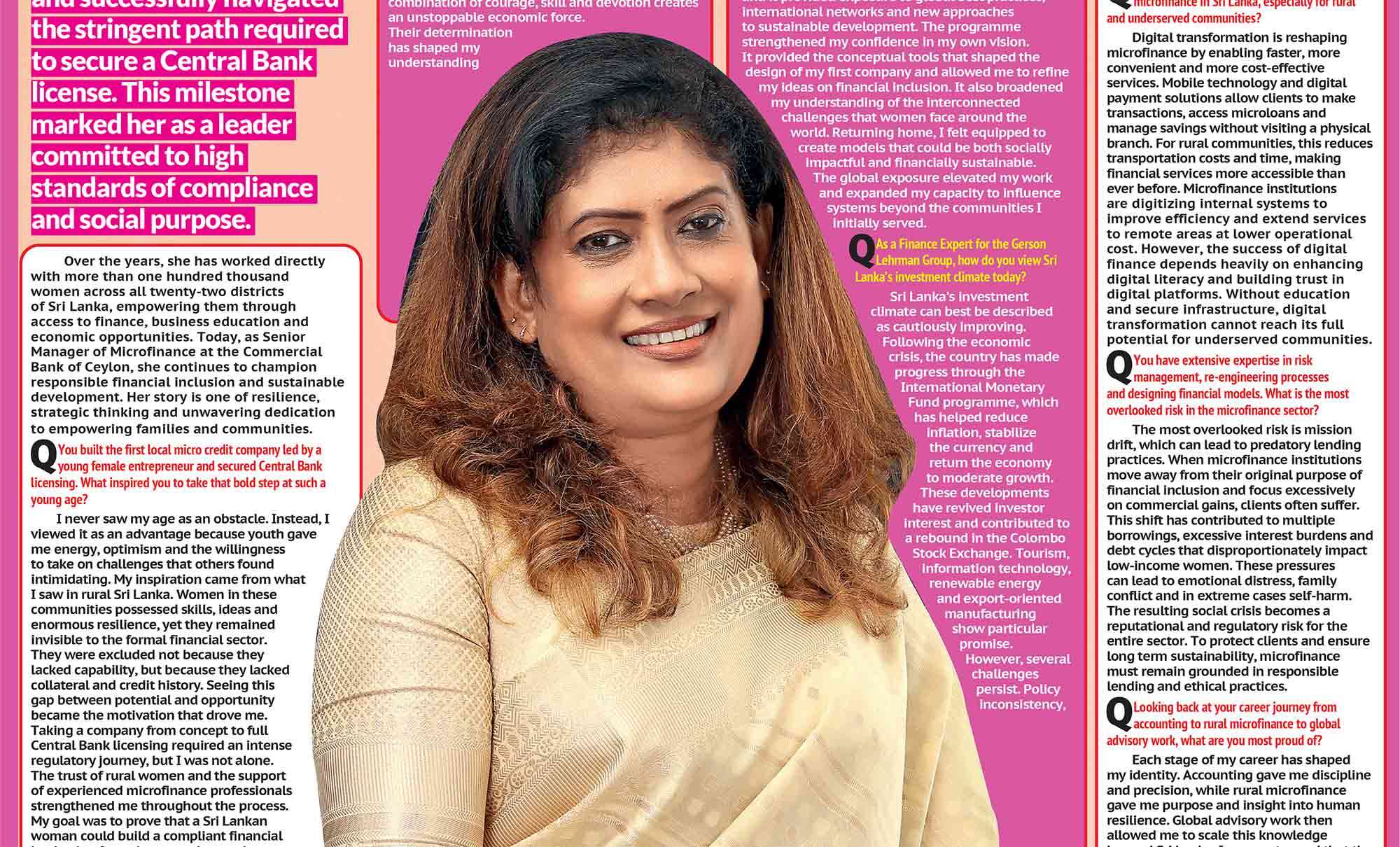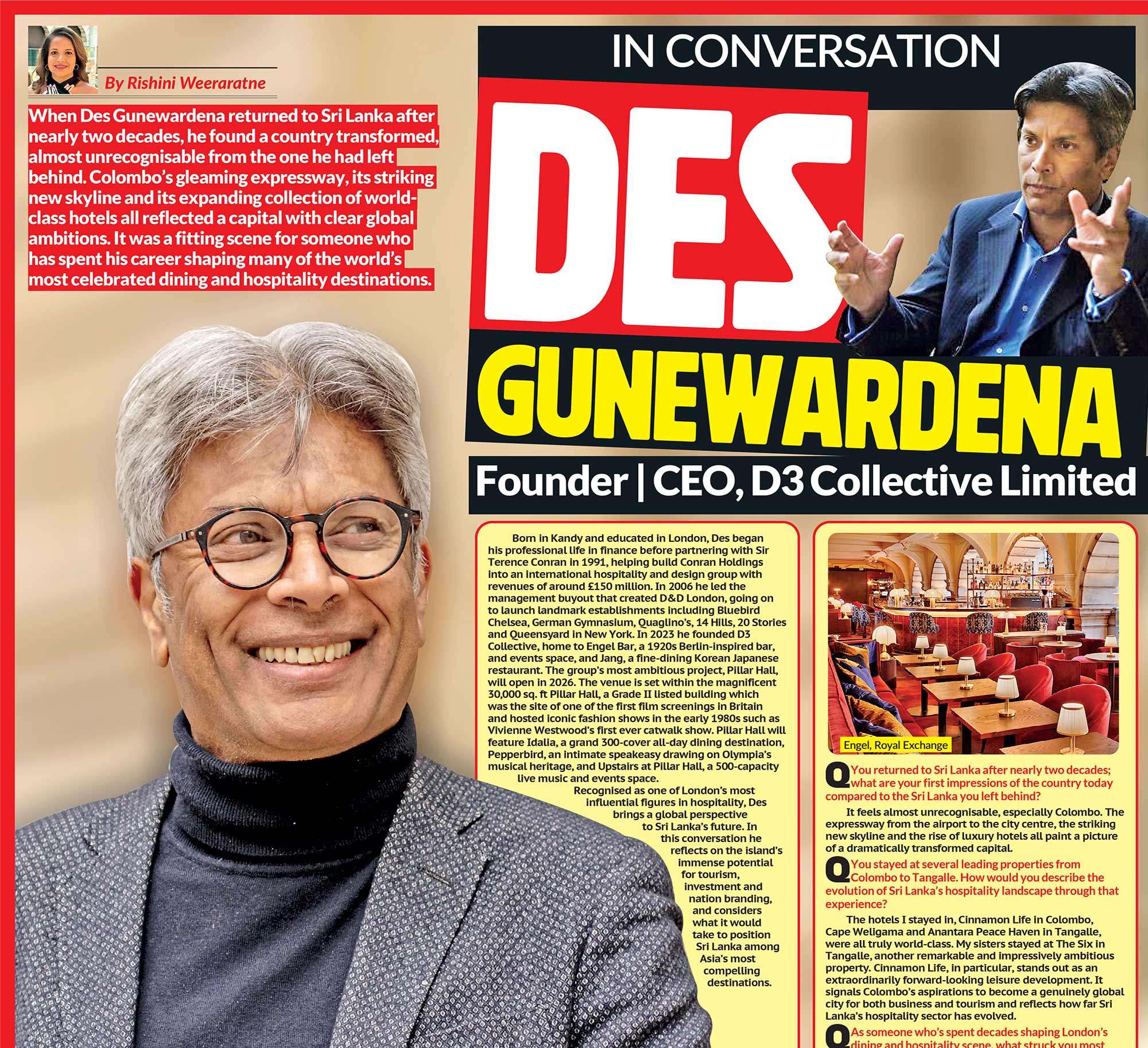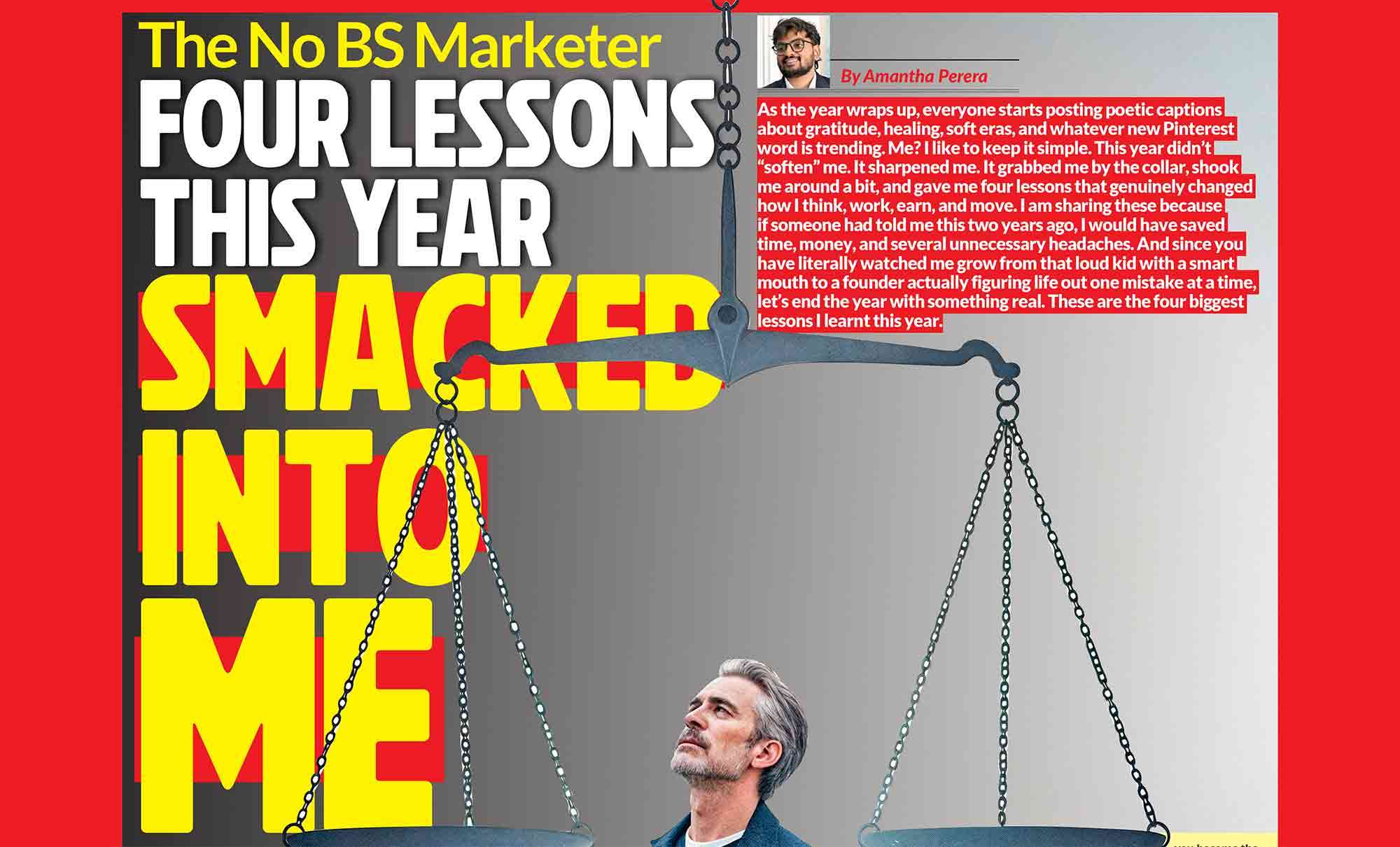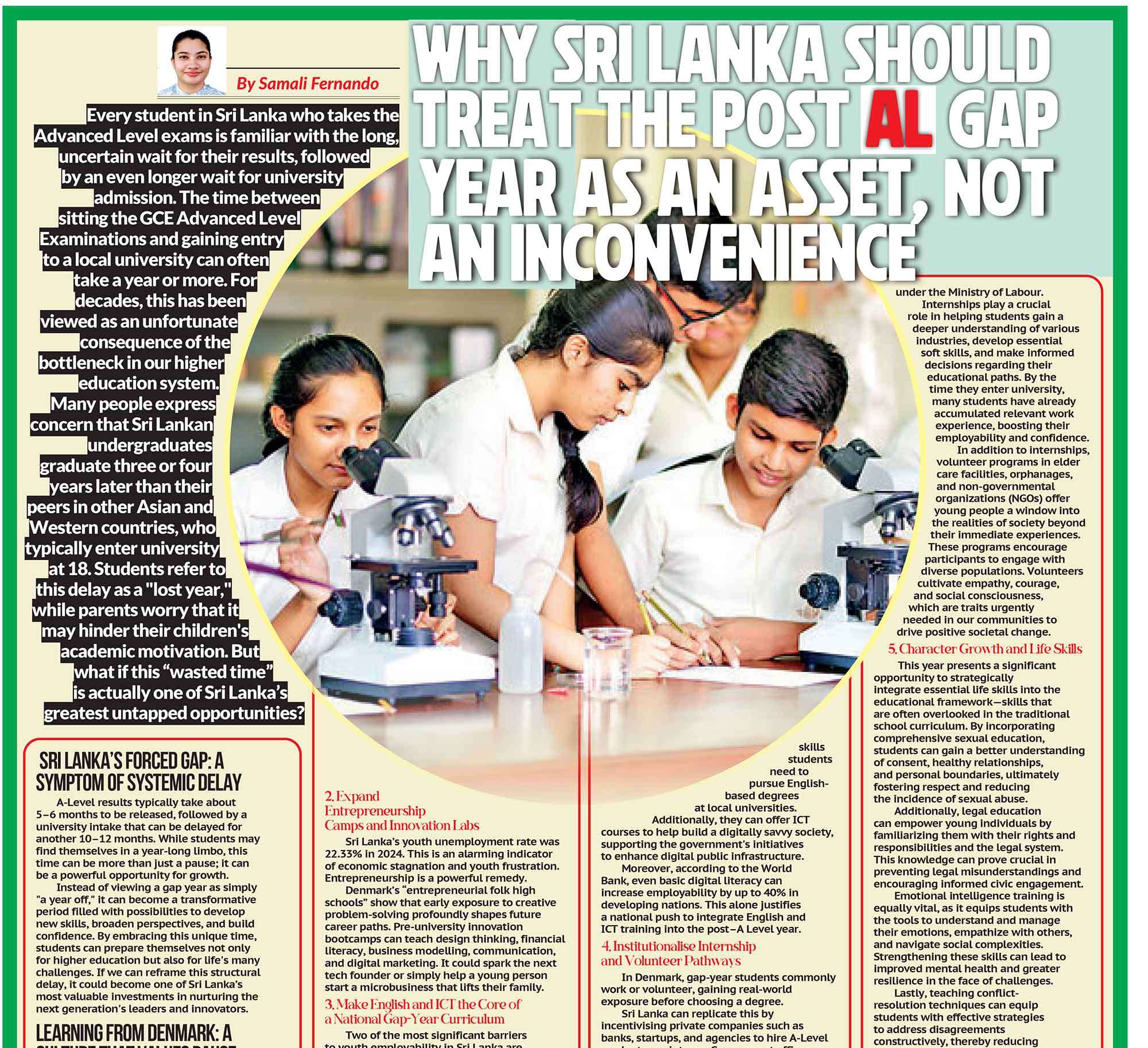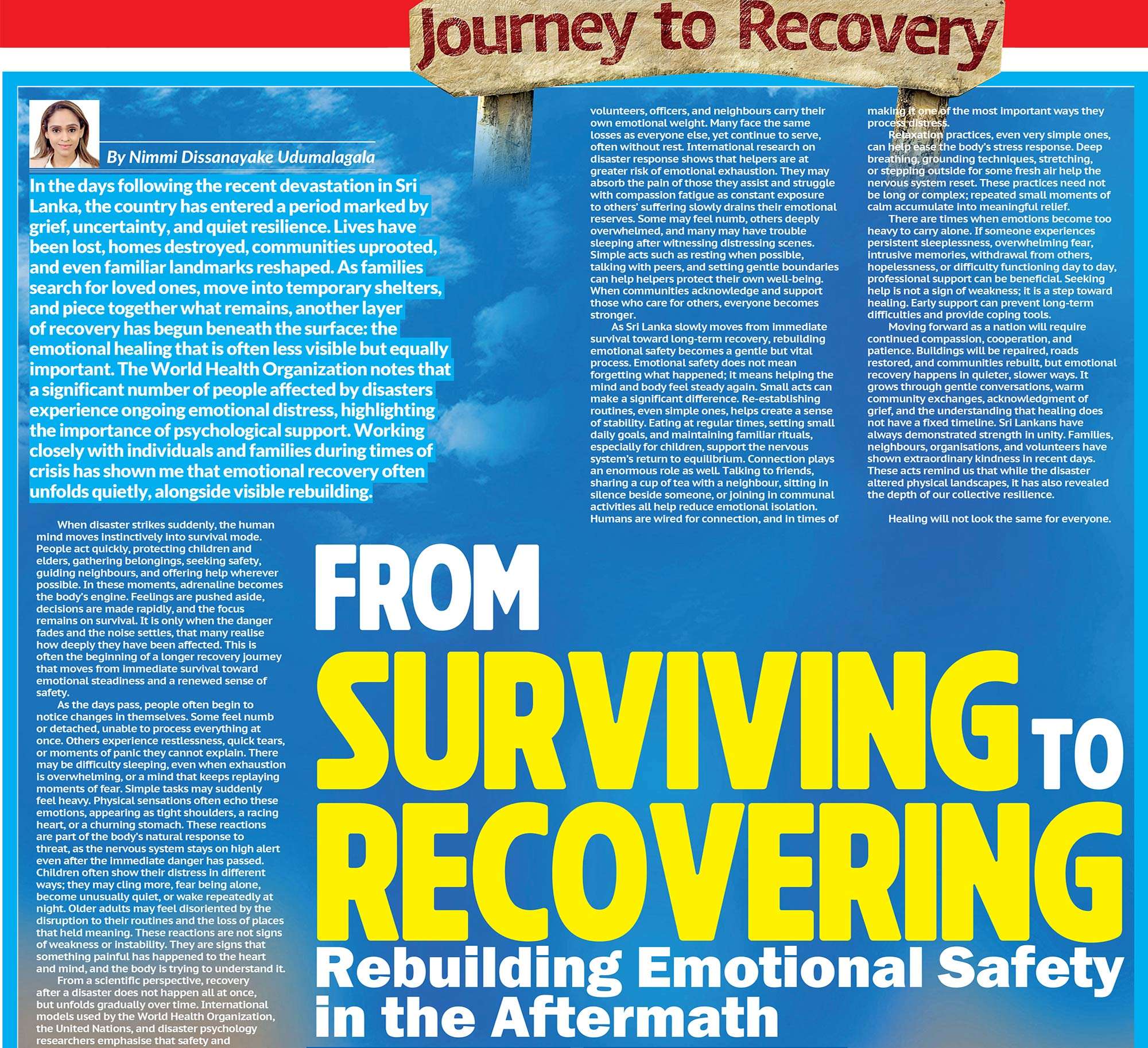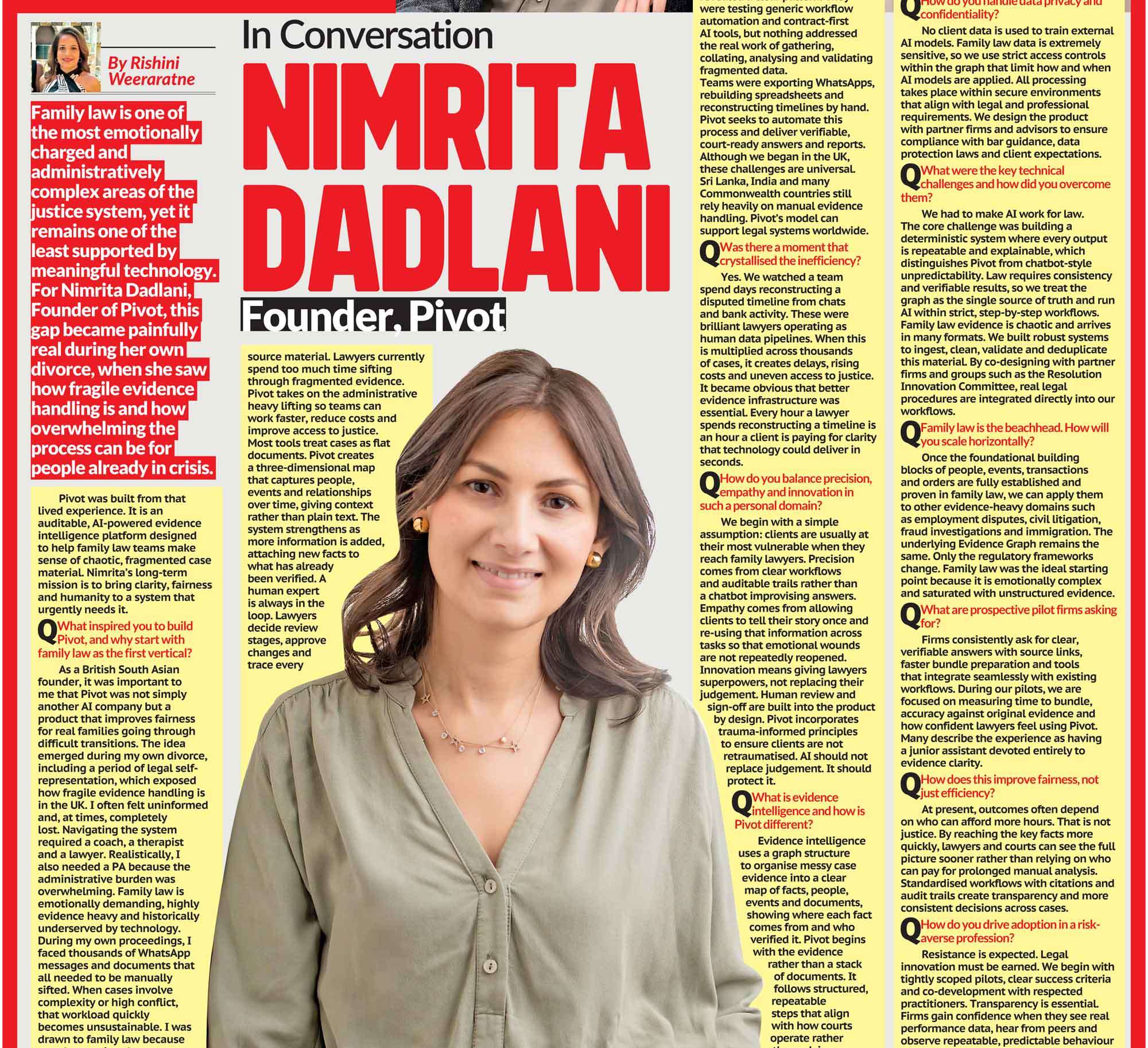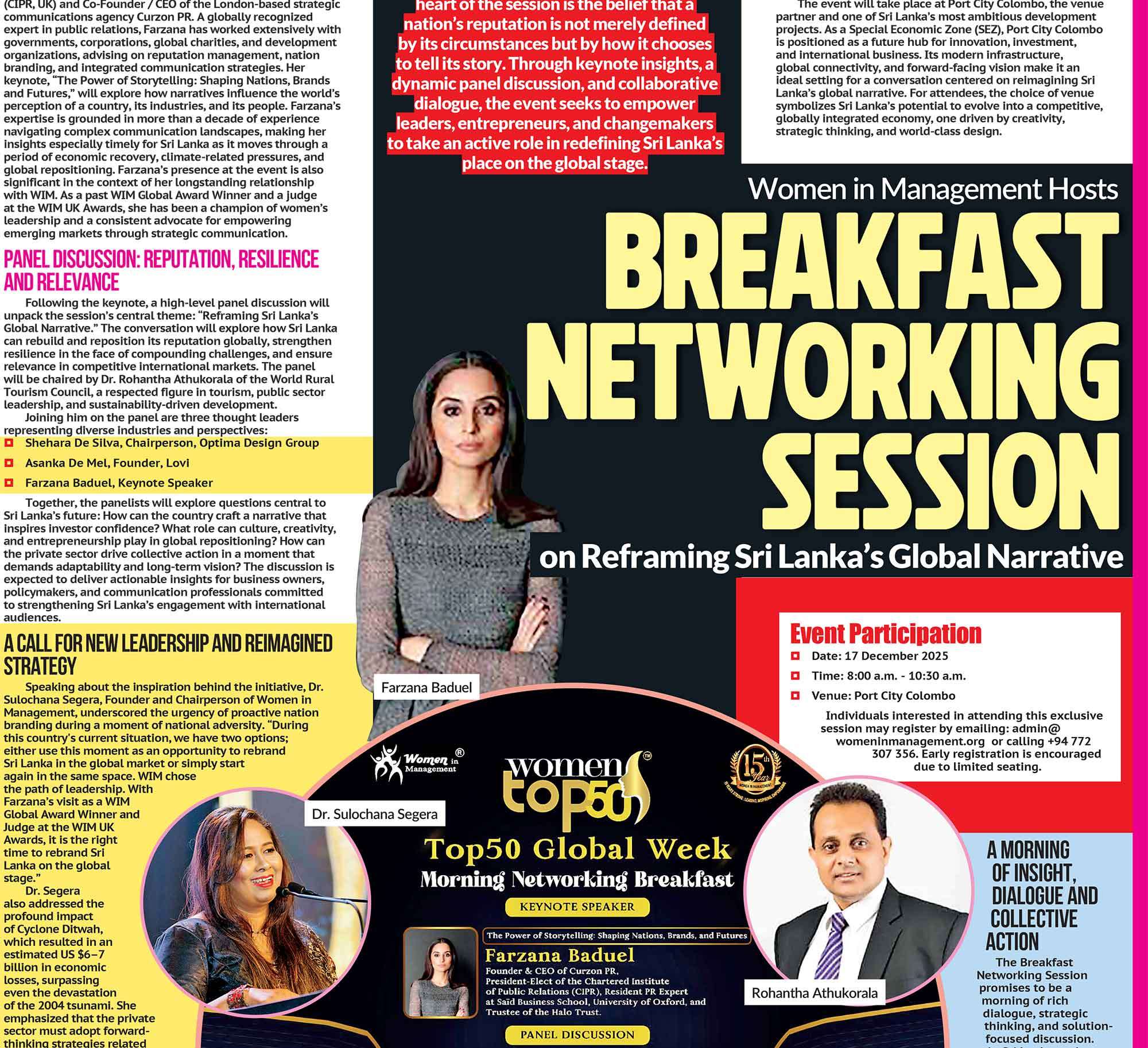
- Methanol looks exactly like ethanol, the “safe” alcohol we drink. It smells the same and tastes almost the same, but inside the body it is a disruptor. Just a mere 10 milliliters, barely two teaspoons, can turn the world dark forever, eating away at the optic nerve until blindness is permanent.
- We cannot ignore why people drink. The reasons are just as human as the act itself. Stress relief, to let loose, to feel the rush of being uninhibited. A first kiss under the stars with liquid courage running through the bloodstream. A wedding toast that marks the beginning of a life together.
There is something almost ritualistic about pouring a drink. The clink of the ice in the glass. The amber swirl of the liquid catching the light. The laughter around the table as wine glasses meet in a toast. Alcohol sells itself as liquid celebration, a shortcut to connection. It sells the promise of loosened shoulders, easy conversation, and a good night’s sleep. Yet the truth is, sometimes the same glasses lifted with trust and swallowed with joy may carry not warmth but poison. I am not just talking about metaphorical poison. I am talking about methanol, a powerful industrial chemical that can strip away sight, destroy organs, and silence a heartbeat forever.
What we do not see
Methanol looks exactly like ethanol, the “safe” alcohol we drink. It smells the same and tastes almost the same, but inside the body it is a disruptor. Just a mere 10 milliliters, barely two teaspoons, can turn the world dark forever, eating away at the optic nerve until blindness is permanent. A little more than this and it does not just blind. It kills. Methanol does not just magically find its way into a bottle of what is sold as liquor. It is a decision, a choice made somewhere along the production chain: a distributor, a middleman. Why? Because methanol is cheap, and adding it means more bottles filled, more money earned, and more money saved. In bars tucked in alleyways and roadside shops with no regulation, what looks like joy in a glass could be the last drink you ever have.
Faces behind the statistics
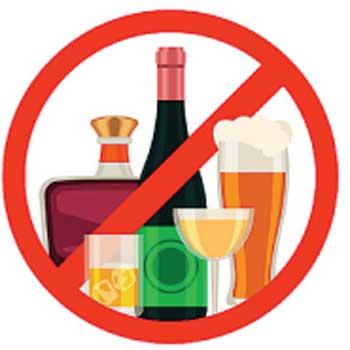 Let us put some faces on the numbers to identify exactly how much damage we know of has been caused by methanol poisoning. In India in 2011, men working long hours in West Bengal bought cheap liquor at the end of their shift. By the next morning, 140 were dead. Some collapsed at home, others at work, their families left to grieve not only the suddenness of the deaths but also the injustice of it. Survivors stumbled through the rest of their lives blind. Another case in Estonia in 2001 recorded 68 deaths and dozens blinded by counterfeit vodka that had made its way to the shelves. Families were left devastated, their lives divided into “before the drink” and “after the drink.” In Russia, bottles labelled as Hawthorn tincture were sold cheaply during the holidays. Dozens of people died, some drinking alongside family members, believing it was safe. The tragedies repeat like a brutal chorus. The story is the same everywhere. A drink meant to comfort instead brings horror.
Let us put some faces on the numbers to identify exactly how much damage we know of has been caused by methanol poisoning. In India in 2011, men working long hours in West Bengal bought cheap liquor at the end of their shift. By the next morning, 140 were dead. Some collapsed at home, others at work, their families left to grieve not only the suddenness of the deaths but also the injustice of it. Survivors stumbled through the rest of their lives blind. Another case in Estonia in 2001 recorded 68 deaths and dozens blinded by counterfeit vodka that had made its way to the shelves. Families were left devastated, their lives divided into “before the drink” and “after the drink.” In Russia, bottles labelled as Hawthorn tincture were sold cheaply during the holidays. Dozens of people died, some drinking alongside family members, believing it was safe. The tragedies repeat like a brutal chorus. The story is the same everywhere. A drink meant to comfort instead brings horror.
All fun and games until it is not
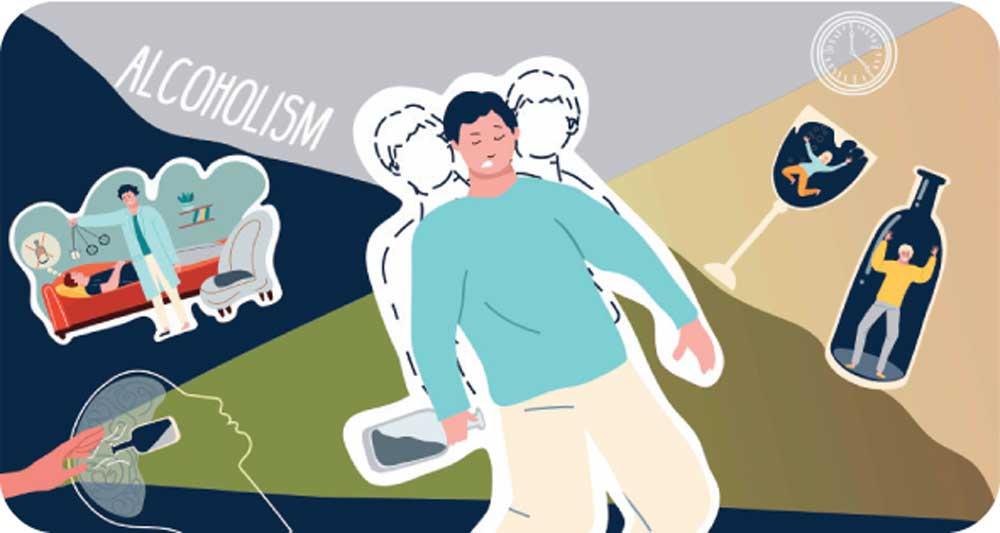
We cannot ignore why people drink. The reasons are just as human as the act itself. Stress relief, to let loose, to feel the rush of being uninhibited. A first kiss under the stars with liquid courage running through the bloodstream. A wedding toast that marks the beginning of a life together. Even the casual “Let’s grab a drink” after a long day of work. I will admit, alcohol can feel like magic, but it usually comes with a price. Aside from the dangers of methanol, regulated alcohol also rewires the body quietly. As we all know, it weakens the immune system, frays memory and judgment, and chips away at the liver. Research by the World Health Organization revealed that alcohol plays a role in over 200 diseases, from cancer to heart disease to liver failure.
A glass of wine a day might feel harmless, but the truth is that no level of alcohol consumption is truly safe. Still, we reach for the glass. Why? Because the short-term effects blind us to the long-term ones, and sometimes it is just fun.
The industry’s dirty secret
What makes methanol-tainted alcohol poisoning especially cruel is that it is not an unavoidable accident. It is an industry failure. Illicit producers know exactly what they are doing when they pour methanol into a batch. They know that someone, somewhere will drink it without question because beggars cannot be choosers. The price is right, the label looks convincing enough, and the customer is thirsty. Just like that, ethics vanish, profits climb, and lives fall. Governments are often slow, reactive, and underfunded. By the time regulators crack down, the funerals have already taken place. Communities rarely have the power to demand better. The cycle repeats, each new tragedy shocking the world for a moment before fading into memory. Meanwhile, legal alcohol companies sit in tall skyscrapers with million-dollar marketing campaigns, pushing the idea that drinking is sophisticated. They quietly benefit from the same culture of alcohol dependency that keeps both legal and illegal markets thriving.
What we ignore
Now we come to the uncomfortable question: what role do we play as drinkers? When we buy cheap liquor without asking where it came from or brush off health warnings with “just one more glass.” When we treat drinking as some usual rite of passage and glamorize it instead of considering it a serious health decision. We are certainly not the villains in this story, but we are not completely innocent either. Every sip we drink without a thought helps keep demand alive, and where there is demand, there is always someone willing to cut corners, even at the cost of other people’s lives.
Reconsidering drinking
We do not necessarily have to become boring prudes, locked away from the pleasures of the world, but we do have to face alcohol with honesty instead of romanticism. Ask yourself: do you know where the alcohol came from? Do you trust that it is safe? Alcohol can be fun, but any kind of fun that risks your life is not worth chasing.
What we need to remember

In a world where even joy can be weaponized, we owe it to ourselves to drink with eyes wide open. Methanol poisoning is not just a health issue; it is the failure of an industry that prizes profit over life. Regular alcohol is not innocent either, quietly taking a toll on our bodies and futures. The next time you lift a glass, pause for a moment and ask yourself: is this glass half full or half poisoned?


